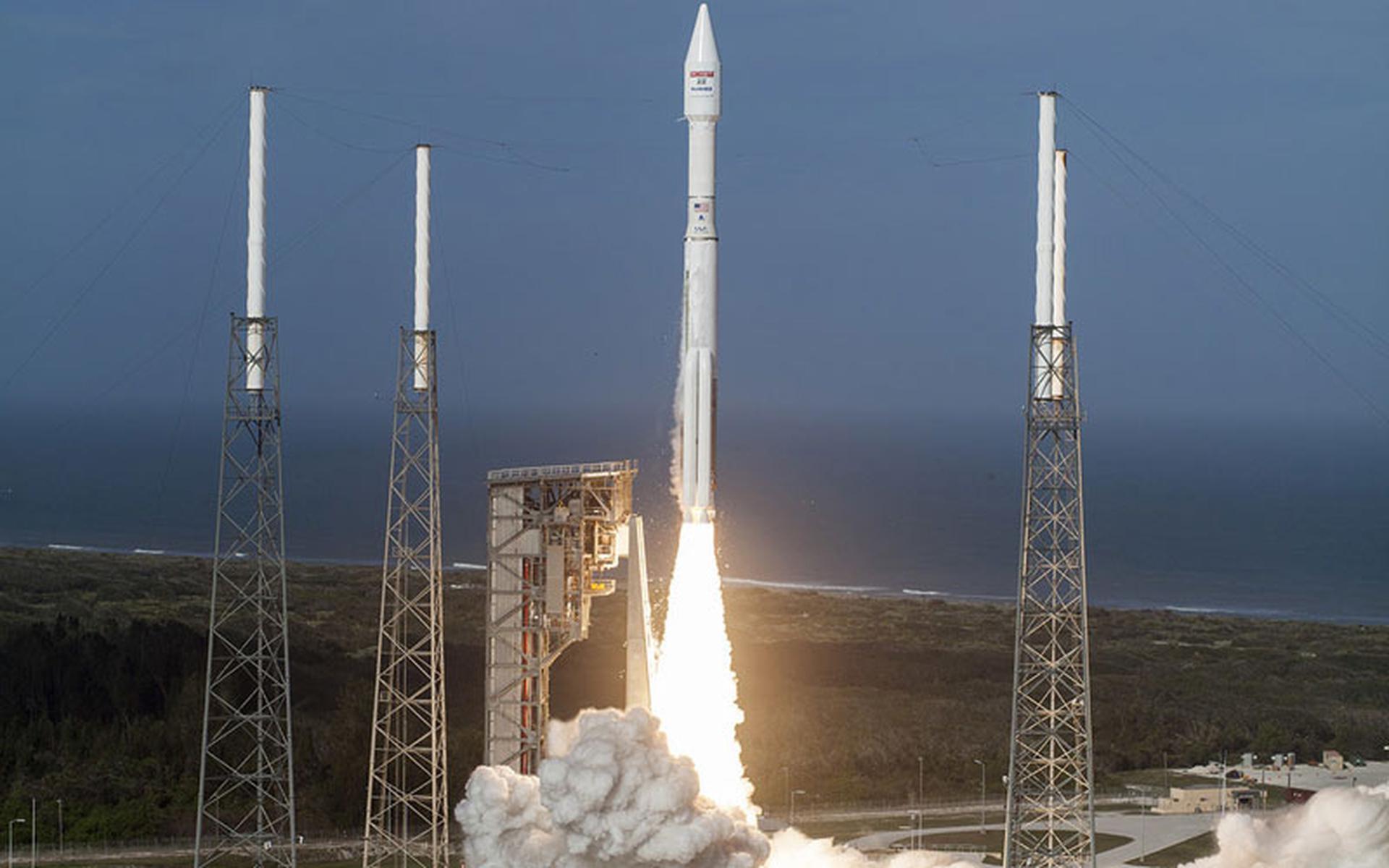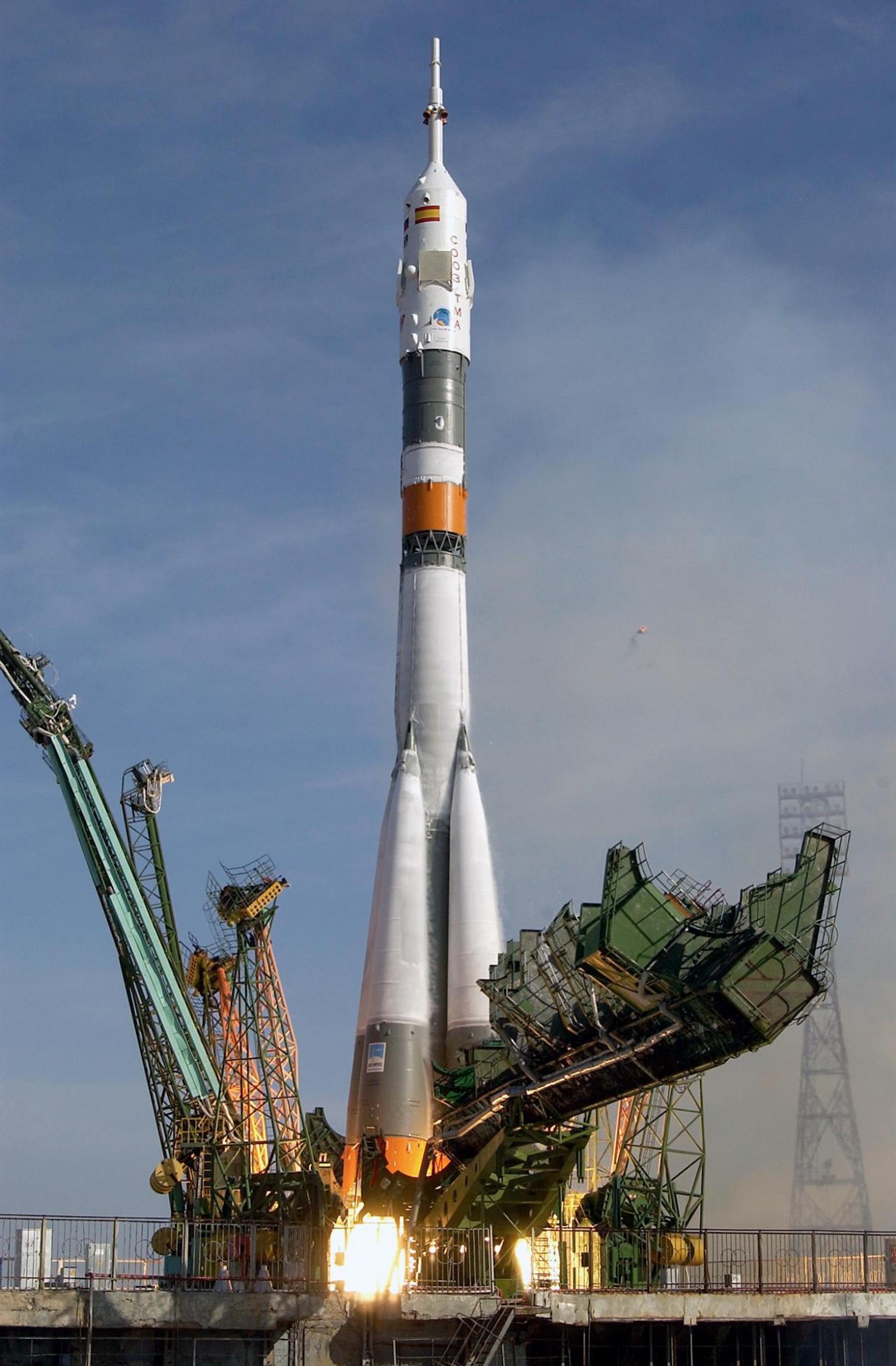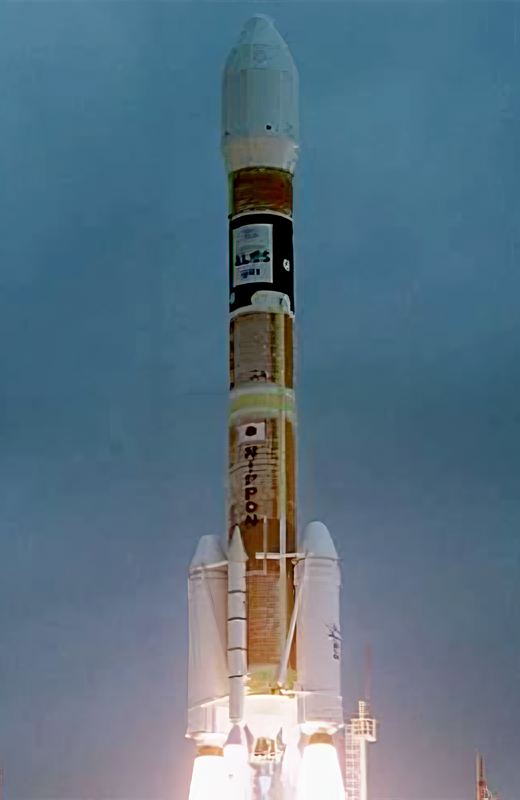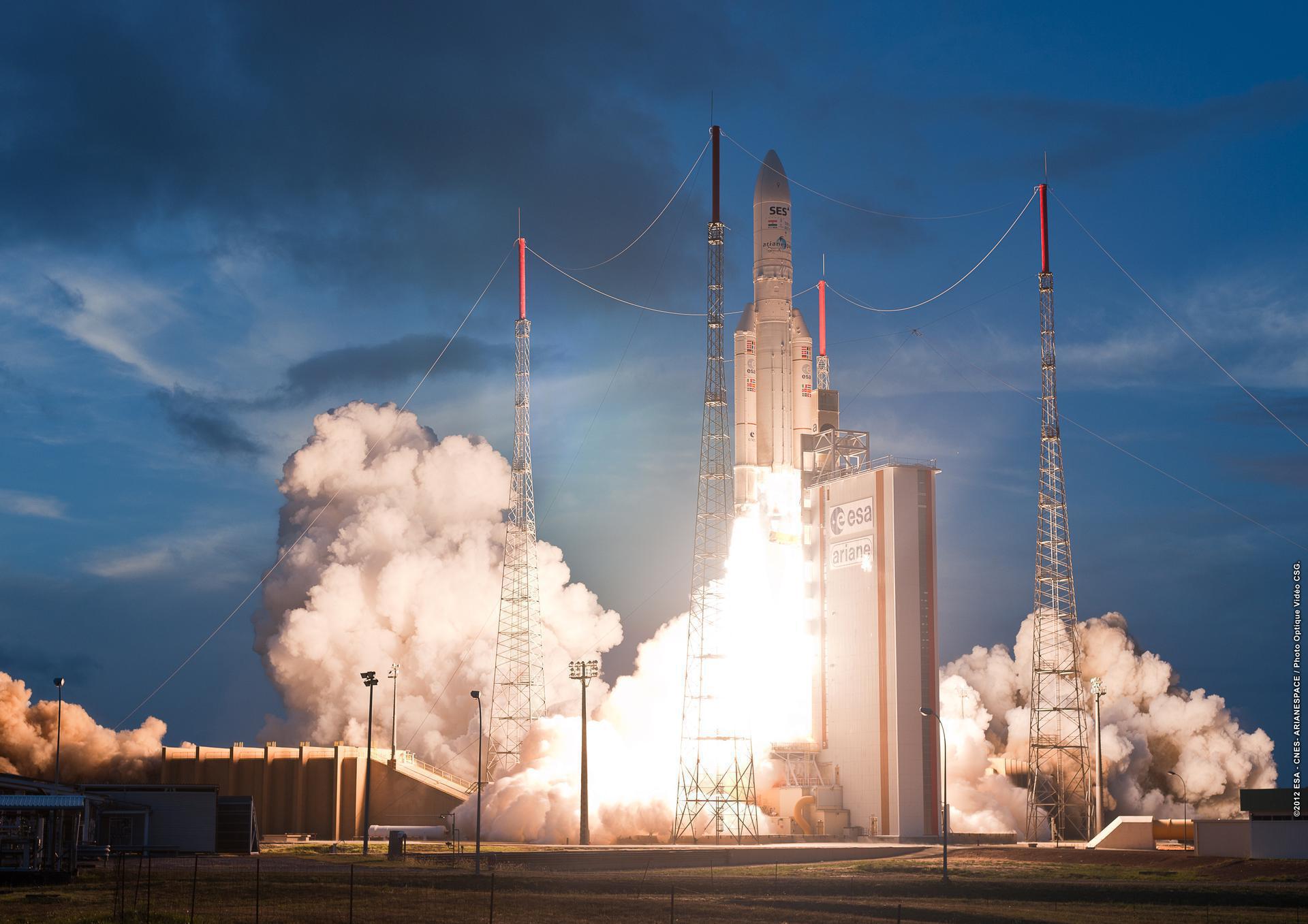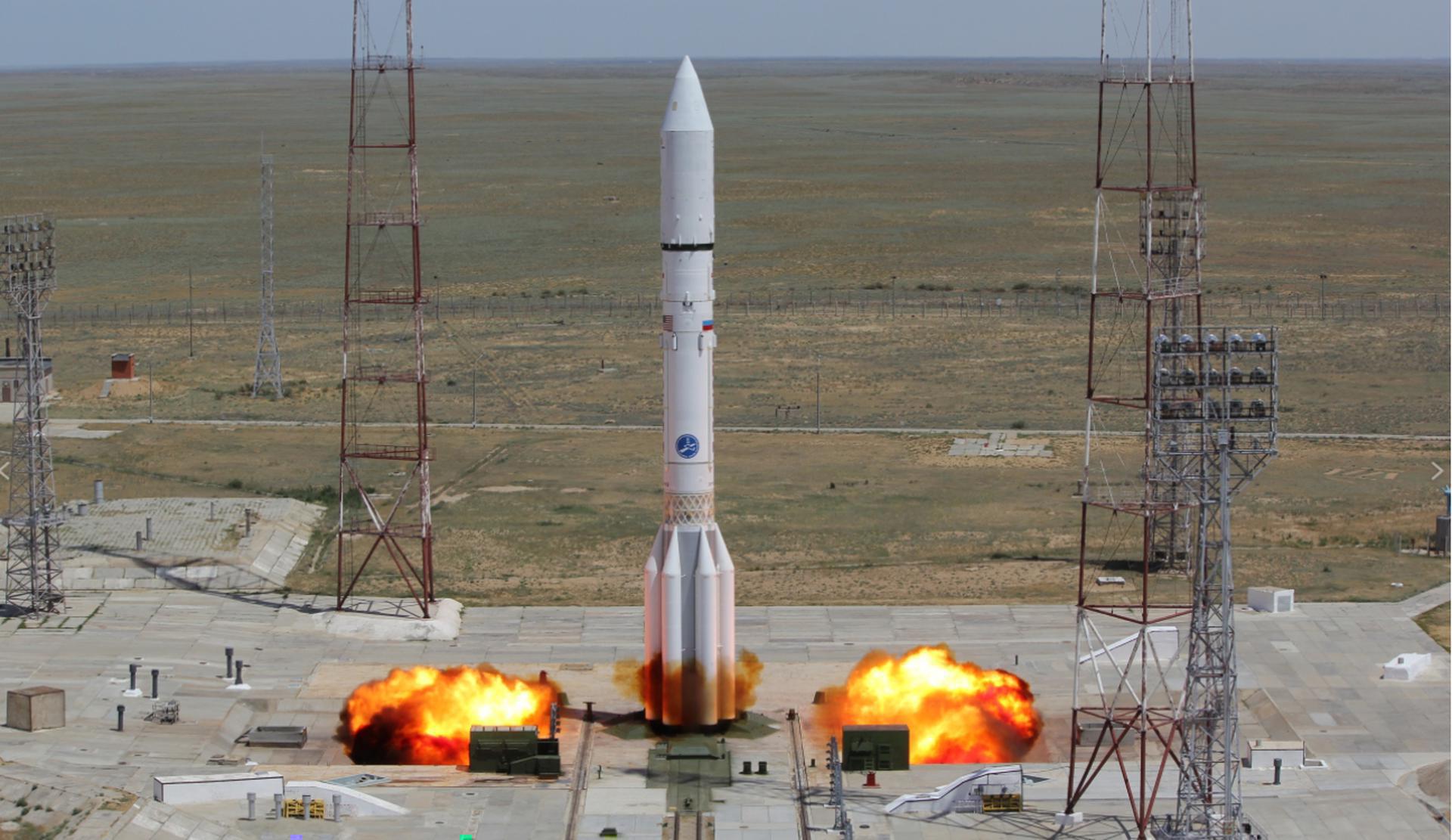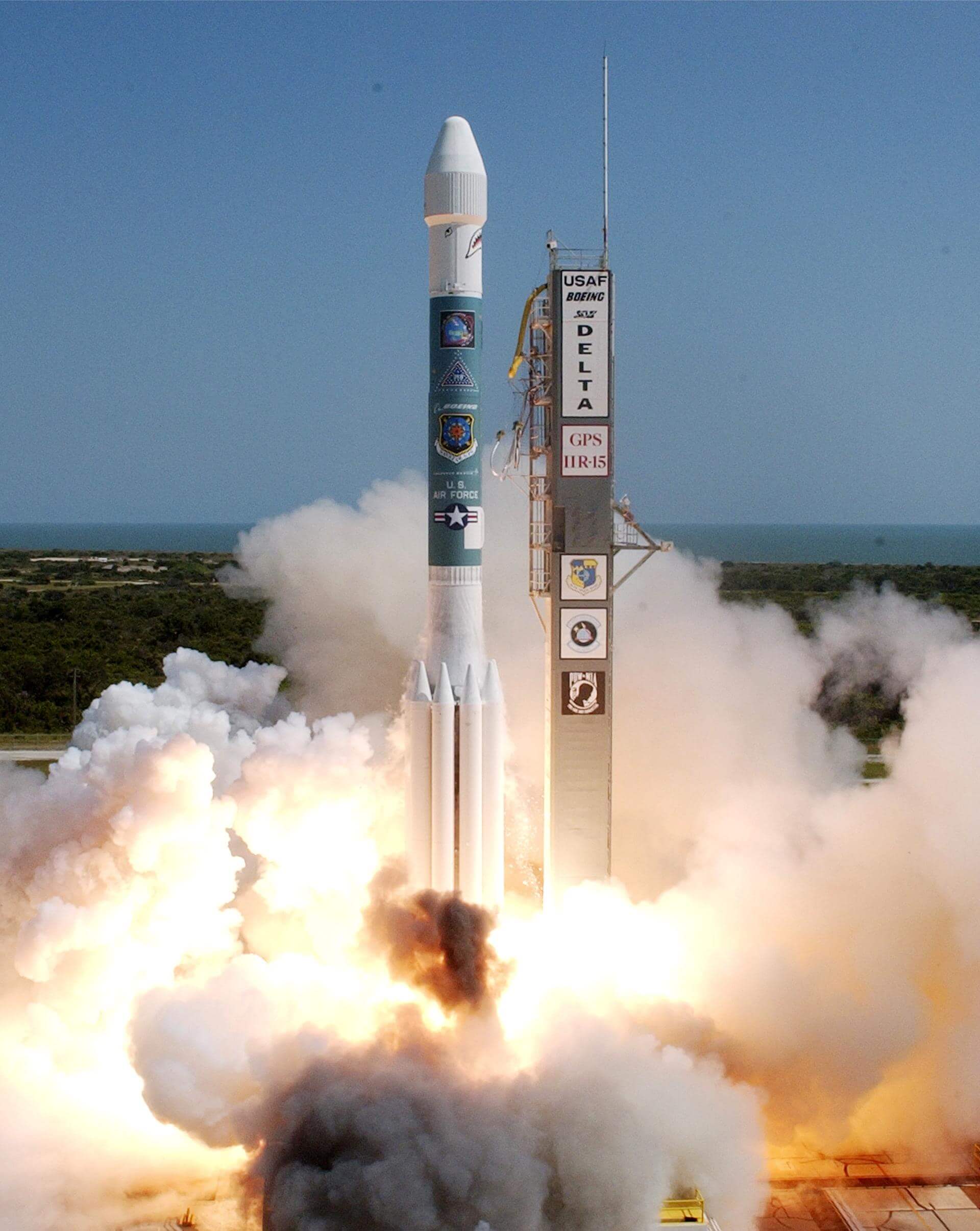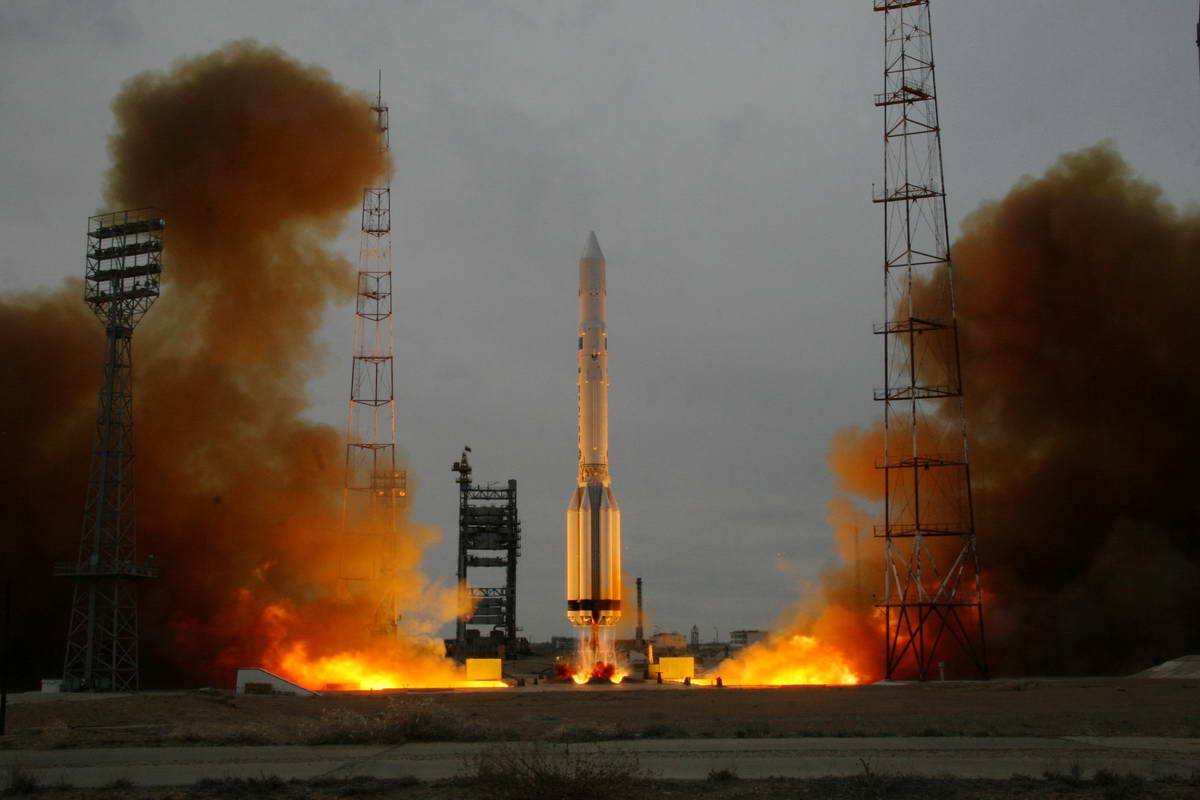Previous Spaceflight Launches
Filter by Agency, Locations or Vehicles
Show All LaunchesAtlas V 431 | INMARSAT 4 F1
United Launch Alliance | United States of AmericaCape Canaveral SFS, FL, USA
March 11, 2005, 9:42 p.m.
Zenit | XM-3
Sea Launch | RussiaSea Launch
March 1, 2005, 3:50 a.m.
Soyuz U | Progress M-52
Russian Federal Space Agency (ROSCOSMOS) | RussiaBaikonur Cosmodrome, Republic of Kazakhstan
Feb. 28, 2005, 7:09 p.m.
H-IIA 2022 | Himawari-6 (MTSAT-1R)
Mitsubishi Heavy Industries | JapanTanegashima Space Center, Japan
Feb. 26, 2005, 9:25 a.m.
Ariane 5 ECA | XTAR-EUR, Maqsat-B2, Sloshsat
ArianeGroup | FranceGuiana Space Centre, French Guiana
Feb. 12, 2005, 9:03 p.m.
Status: Launch Successful
Mission:
XTAR-EUR is a communication satellite operating at 29 degrees East. Serving the needs of US, Spanish and allied governments. Maqsat B2 was designed to represent a commercial passenger for vehicle evaluation but was used as a technology platform for several European experiments, including Sloshsat in this case. Sloshsat is a satellite to investigate the behavior of liquids in weightlessness.
Geostationary Transfer OrbitAtlas | NROL-23
Lockheed Martin | United States of AmericaCape Canaveral SFS, FL, USA
Feb. 3, 2005, 7:41 a.m.
Status: Launch Successful
Mission:
Last launch of an Atlas model using the original, innovative, balloon propellant tanks conceived in 1947. Third launch of new generation paired satellites used for tracking, characterisation, and intelligence on naval vessels and civilian shipping worldwide.
Low Earth OrbitProton-M Briz-M | AMC 12
Khrunichev State Research and Production Space Center | RussiaBaikonur Cosmodrome, Republic of Kazakhstan
Feb. 3, 2005, 2:27 a.m.
Kosmos-3M | Parus 96
Russian Space Forces | RussiaPlesetsk Cosmodrome, Russian Federation
Jan. 20, 2005, 3 a.m.
Delta II | Deep Impact (DIF)
United Launch Alliance | United States of AmericaCape Canaveral SFS, FL, USA
Jan. 12, 2005, 6:47 p.m.
Status: Launch Successful
Mission:
Deep Impact was to fly by Comet 9P/Tempel-1 on 3 July 2005. An impacter it released was to hit the comet on 4 July at 10.2 km/s, producing a crater and ejecta plume that would allow the flyby spacecraft to determine the composition and structure of the comet's nucleus.
AsteroidProton | Uragan 85, 86 & Uragan-M 3
Khrunichev State Research and Production Space Center | RussiaBaikonur Cosmodrome, Republic of Kazakhstan
Dec. 26, 2004, 1:53 p.m.
